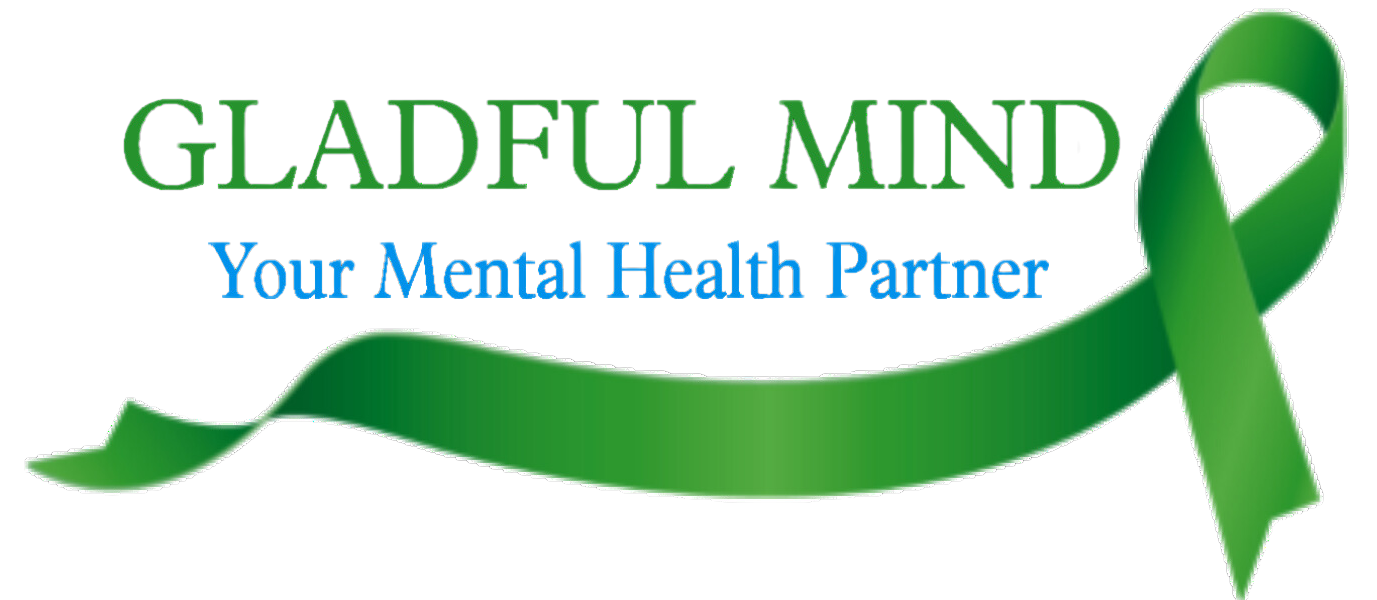Slow Lerner
Learning disabilities (disorders) affect how your child’s brain takes in and uses information. Learning disabilities can significantly hamper a person’s ability to learn new things. As a result, the person may have trouble with tasks such as speaking, reading, writing, paying attention, understanding information, remembering things, performing mathematical calculations, or coordinating movements. There are multiple types, like dyslexia and nonverbal learning disorders. Learning disabilities occur in very young children, yet they are usually not noticed until the child reaches school age. Learning disabilities can be lifelong conditions. In some people, several overlapping learning disabilities may occur. Other people may have a single, isolated learning problem that has little impact on their lives. A learning disability is different for everyone. Lots of people who have a learning disability can work, have relationships, live alone and get qualifications. Other people might need more support throughout their life.
Learning disability” is an umbrella term that encompasses many types of specific learning disorders, including:
Dyslexia: Dyslexia is the most common learning disability, accounting for 80% of all learning disability cases.
It is a language processing disorder characterized by difficulty with speaking, reading, writing, or understanding words. This can cause the person's vocabulary to develop at a slower pace and lead to issues with grammar, reading comprehension, and other language skills.
Dysgraphia: People with dysgraphia may have difficulty putting their thoughts into writing due to issues with vocabulary, spelling, grammar, memory, and critical thinking. This condition is characterized by poor handwriting, as the person may struggle with letter spacing, spatial awareness, and motor planning. Dysgraphia can make it hard for the person to think and write simultaneously.
Dyscalculia: Sometimes known as “math dyslexia,” this condition includes learning disorders related to mathematics, such as difficulty with numbers, concepts, and reasoning. People with dyscalculia may struggle to count money, read clocks and tell time, perform mental math calculations, identify number patterns, and apply mathematical formulae.
Auditory processing disorder (APD): People with APD may have difficulty processing sounds because their brain misinterprets auditory information received by the ear. As a result, they may confuse the order of sounds in certain words, or they may not be able to distinguish between sounds such as the teacher’s voice and the background noise in the classroom.
Language processing disorder (LPD): This is a subset of APD, characterized by difficulties with processing spoken language. The person may have difficulty attaching meaning to sound groups representing words, sentences, and stories.
Nonverbal learning disabilities (NVLD): NVLD is characterized by difficulty interpreting nonverbal cues such as facial expressions, body language, tone of voice, and other nonverbal signals.
Visual perceptual/visual motor deficit: People with this condition may have difficulty with hand-eye coordination and motor activities. They may frequently lose their spot while reading, demonstrate unusual eye movements while reading or writing, confuse similar-looking letters, have difficulty navigating their environment, and struggle to manage items like pens, pencils, crayons, glue, and scissors.
The main sign of any learning disability is when there’s a difference between a child’s academic potential and their academic performance. You may notice signs of severe learning disorders at an early age. But parents and teachers don’t typically recognize most mild to moderate learning disorders until school age (5 and older) when challenges in schoolwork appear. And even more severe learning disorders may not be able to be diagnosed until your child is going to school. Each type of learning disability has its own signs. But, in general, signs of learning disorders may include difficulties with:
Identifying letters, numbers, colors and/or math symbols, Counting, Expanding vocabulary, Rhyming, Sounding out words during reading, Organizing, beginning and/or completing assignments, Organizing thoughts to express what they want to say, Long-term or short-term memory, Holding a pencil correctly, Legibility of their handwriting, Retelling a story in sequential order, Staying on task, Following directions, Coordination.
Conceptualizing, abstracting, reasoning and organizing information for problem-solving. These are just some examples. And they’re not enough to determine if your child has a learning disorder.
Learning disorders often affect your child’s self-esteem and how they feel about school. They may also feel frustrated that their performance doesn’t match their peers’. The following behaviors may be signs of a learning disorder:
Not wanting to go to school, Not wanting to read out loud or do mathematical problems in front of peers, Complaining about their teacher(s) or blaming teachers for their grades, Not wanting to show schoolwork to their caregivers, Avoiding assignments.
“Acting out” in school or social situations, Having mood swings, temper tantrums or outbursts of defiance, Saying self-critical statements, like “I’m stupid.”
If your child is having these difficulties, it’s important to talk with them and find them help.
Treatment
If your child has an LD, they may experience self-esteem issues or believe they aren’t intelligent. They also have a higher risk of developing mental health conditions like anxiety or depression. Positive support from caregivers, teachers and friends can help your child overcome these obstacles. But don’t hesitate to reach out to a mental health professional, as well.
Treatment for learning disability involves behavioral intervention or treatment. Early intensive behavioral treatment involves your whole family and possibly a team of professionals from Gladful Mind. As your child grows and develops, they are provided with a modified treatment plan to meet their specific needs. we use a variety of skills and techniques to address the underlying deficits of learning disability and reduce the core symptoms.
Our treatment is completely evidence based natural and effective we do not use any kind of medication in our treatment It is best to begin intervention for treatment as early as possible so that the benefits of treatment can change your child's life and help him/her live a better life.




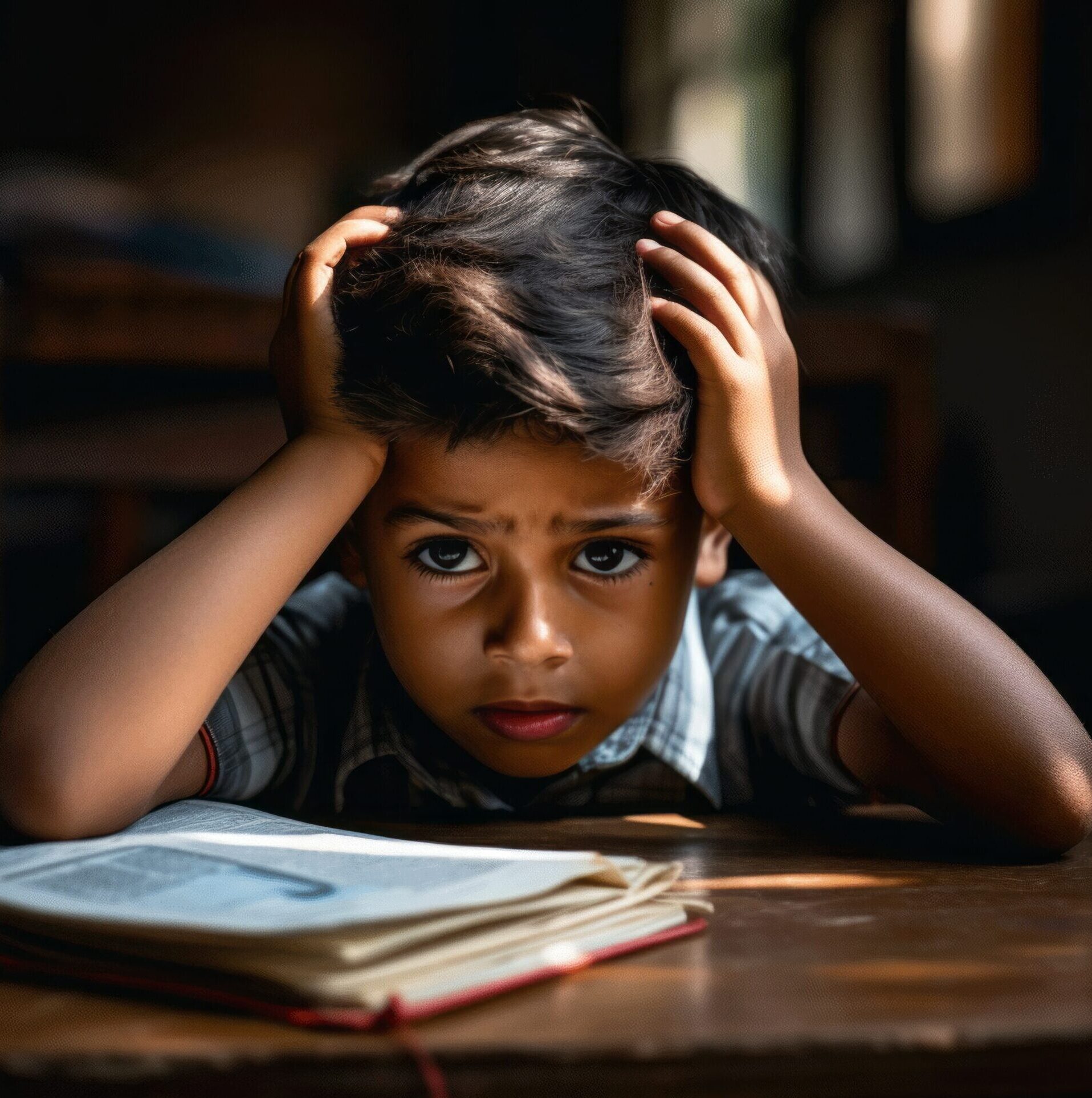
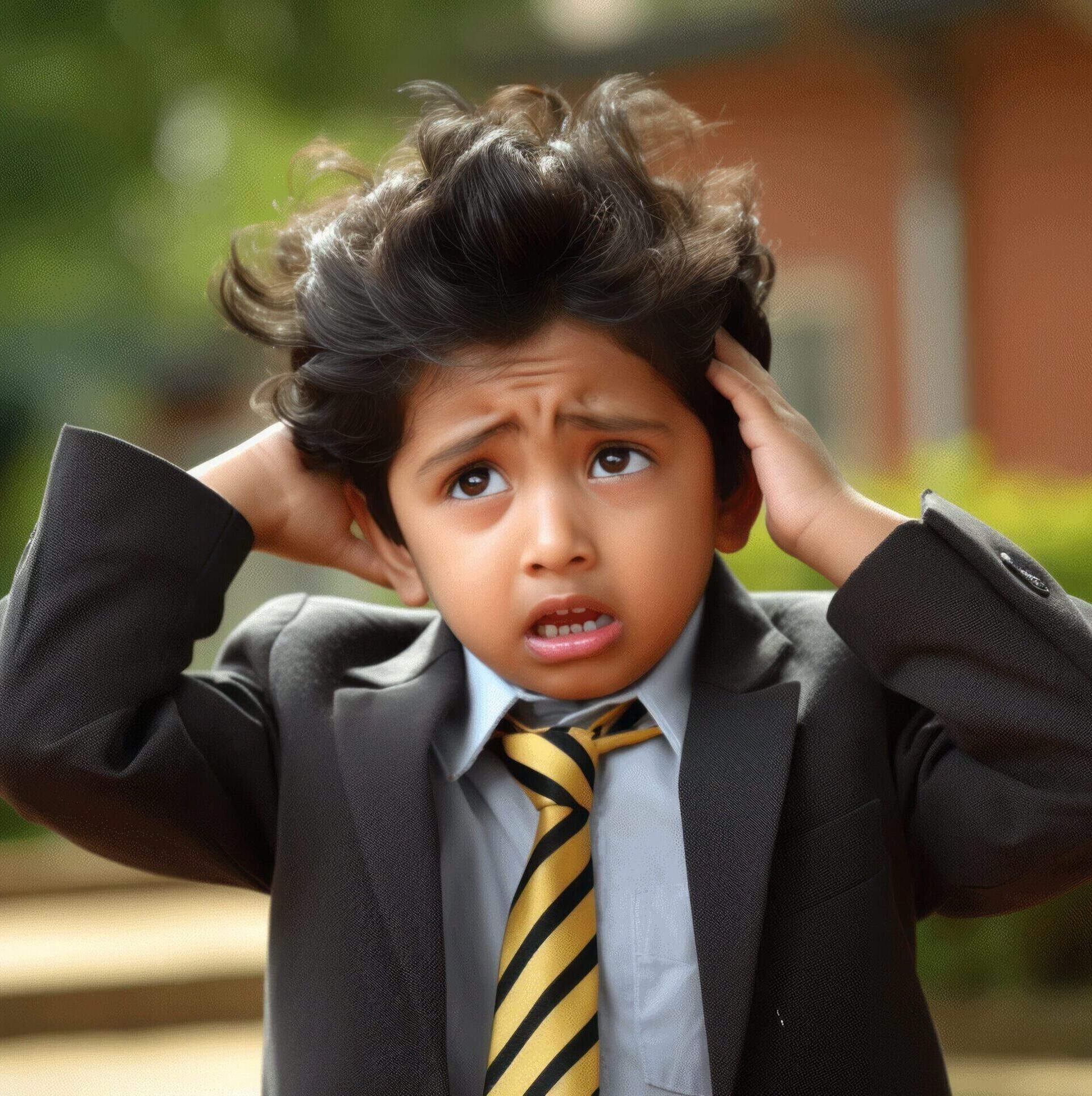
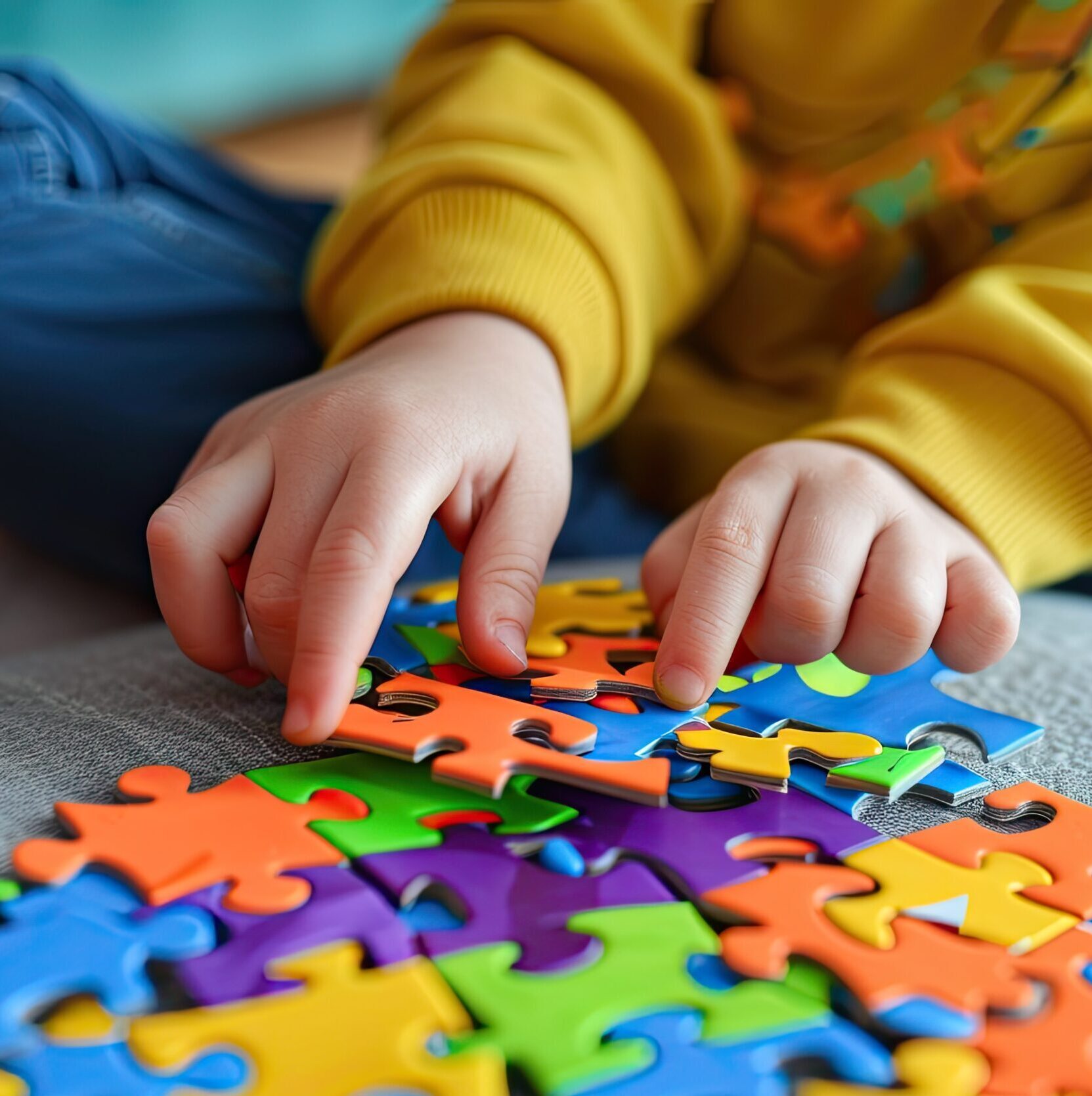
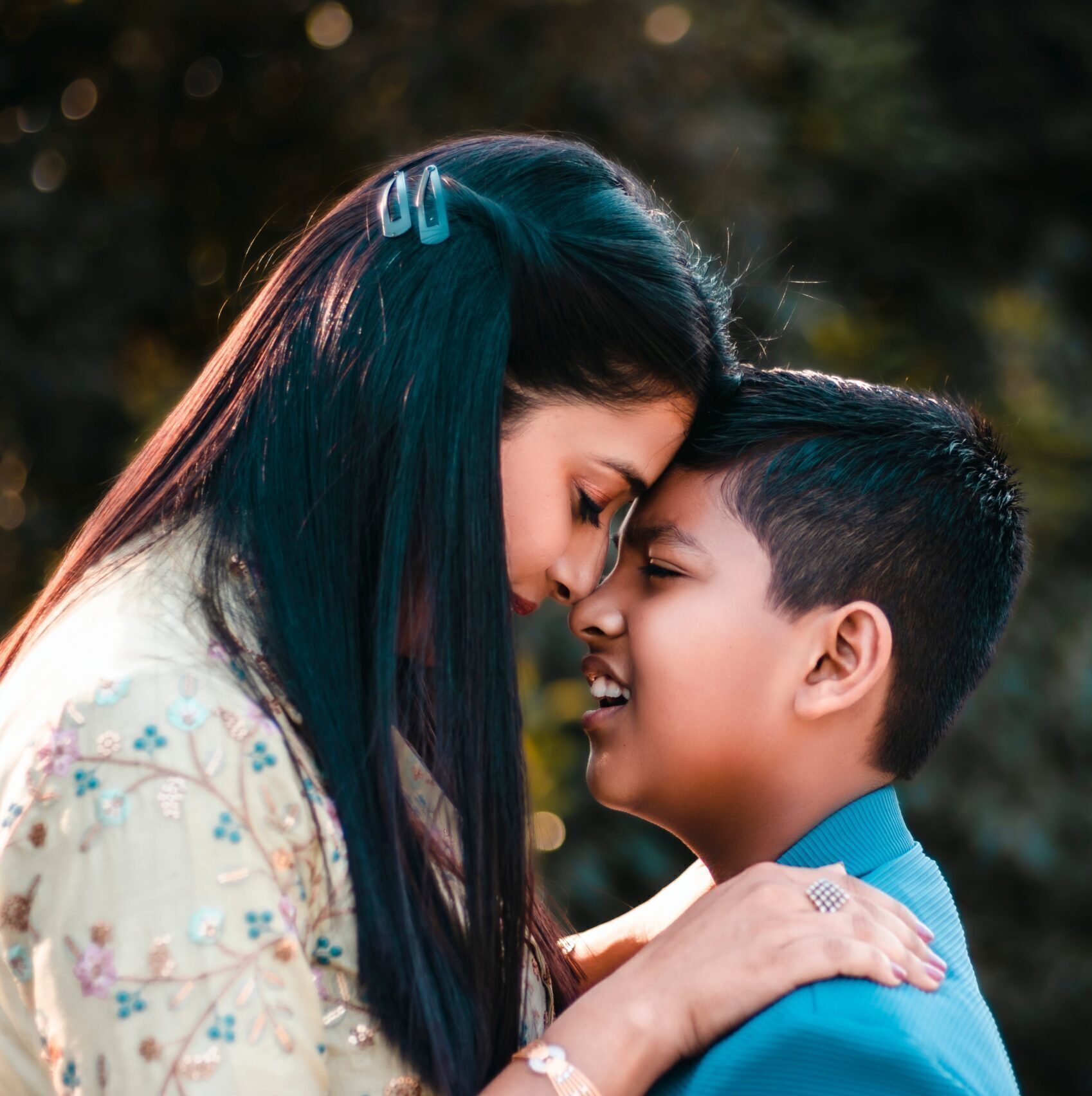
FAQs
The prevalence of learning disabilities in India varies between 5% and 39% depending on the study
People with learning disabilities need different or additional help learning. This help — or management — varies based on the type of learning disability and its severity. You and your child may work with several Gladful Mind`s professionals to find the best learning plan for them.
Talk with a healthcare provider if you notice any early signs of learning disabilities.
Children who receive early diagnoses and interventions are more likely to overcome challenges while maintaining a positive self-image.
They may also build on personal strengths that tend to come with learning disorders. For example, people with dyslexia are often especially creative. Children with learning disabilities can grow to become very productive and successful adults.
It’s important to make sure your child receives help for their learning disability. This may look like:
Providing an atmosphere of encouragement and support at home.
Taking your child to see a mental health professional if their learning disability is causing them distress or they have behavioral concerns. Taking care of yourself. Advocating for proper accommodations can be exhausting. Be sure to take care of your mental health and lean on loved ones for support.
Clients reviews
Thank you for choosing Gladful Mind mental health center. Let's take the first step towards a happier, healthier mind together!

